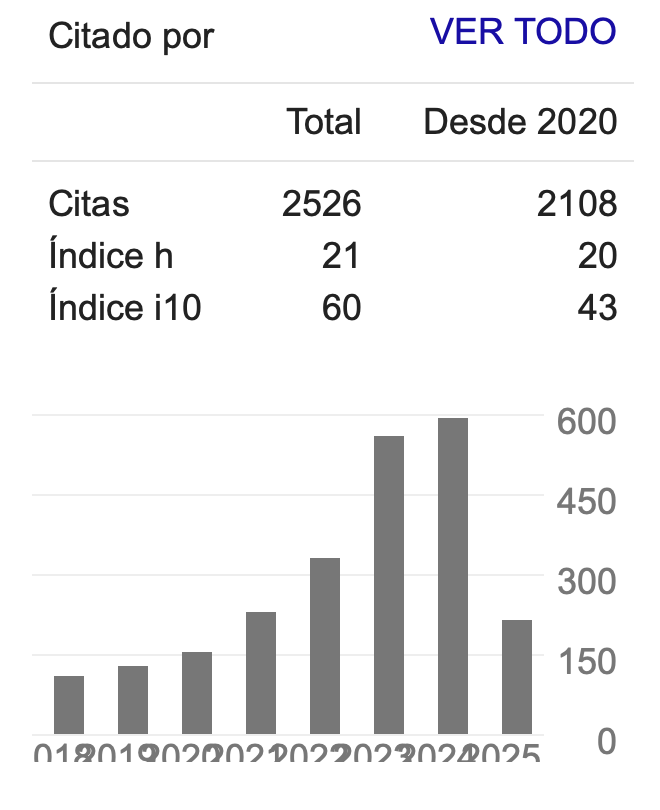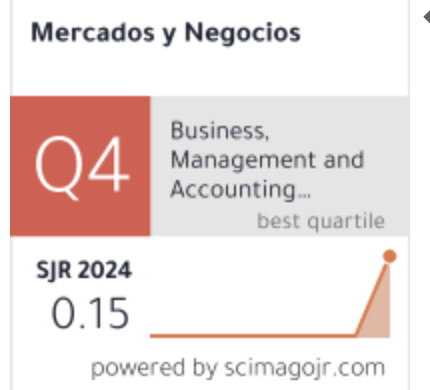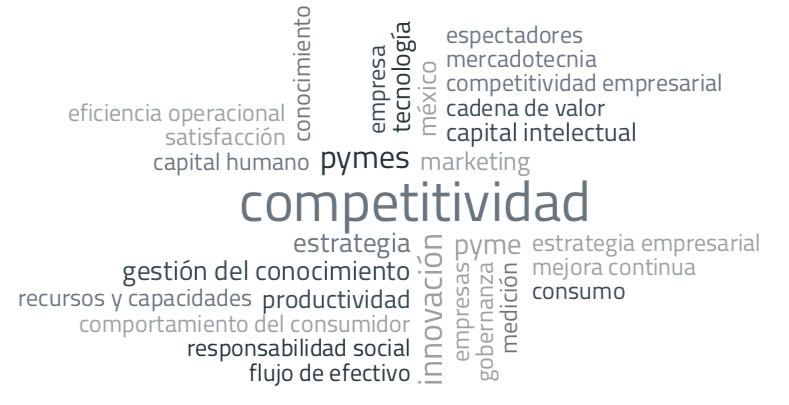Generational Perspectives on Fintech Adoption: Challenges, Demographics, and Digital Inclusion
DOI:
https://doi.org/10.32870/myn.vi56.7827Keywords:
Challenges, Fintech, Generations, Millennials, Sustainability and TechnologyAbstract
This research aims to examine how different generations in India adopt fintech services, considering the main barriers and demographic factors that influence these patterns. Based on a survey of 278 banking customers in Punjab and Jammu and Kashmir, it is evident that Generation Z and millennials have embraced fintech services more than Generation X, with key obstacles including a lack of technical skills, concerns about cybersecurity, and strict regulations. The findings suggest that implementing measures tailored to each generation will be essential in promoting digital financial services and bridging the gap between those who can access these services and those who cannot. Although fintech companies are increasingly recognised in the payments industry, the primary challenges to the rapid growth of the fintech ecosystem in India include "lack of technical know-how," "low security (fraud messages, calls, etc.)," regulatory and compliance laws, "documentation and formalities," and "emotional attachment to cash." Governments, financial institutions, regulators, and Indian fintech firms must collaborate to address these structural issues from the ground up, expand their reach, enhance consumer satisfaction, and make digital channels more accessible.References
Agarwal, S., & Qian, M. (2019). The digital revolution and financial inclusion: Evidence from India. Journal of Economic Perspectives, 33(1), 189–224. https://doi.org/10.1257/jep.33.1.189
Agarwal, S., & Zhang, J. (2020). Fintech, lending and payment innovation: A review. Asia-Pacific Journal of Financial Studies, 49(3), 353–367. https://doi.org/10.1111/ajfs.12315
Aker, J. C., & Mbiti, I. M. (2010). Mobile phones and economic development in Africa. Journal of Economic Perspectives, 24(3), 207–232. https://doi.org/10.1257/jep.24.3.207
Alalwan, A. A., Dwivedi, Y. K., & Rana, N. P. (2017). Factors influencing adoption of mobile banking by Jordanian bank customers: Extending UTAUT2 with trust. International Journal of Information Management, 37(3), 99–110. https://doi.org/10.1016/j.ijinfomgt.2017.01.002
Alshater, M. M., Saba, I., Supriani, I., & Rabbani, M. R. (2022). Fintech in Islamic finance literature: A review. Heliyon, 8, e10385. https://doi.org/10.1016/j.heliyon.2022.e10385
Atray, S., Kapoor, S., & Kaur, N. (2017). Financial literacy in India: A critical review of literature. International Journal of Financial Studies, 5(4), 1–16. https://doi.org/10.3390/ijfs5040018
Banerjee, A., Ashraf, N., Duflo, E., & Mouchoud, M. (2015). Building blocks for financial literacy: Evidence from the savings experiment. American Economic Journal: Applied Economics, 7(1), 1–43. https://doi.org/10.1257/app.20130173
Betts, S. (1999). From access through HE: A gendered journey. Journal of Access and Credit Studies, 1, 124–136.
Buckley, R., Arner, D., & Barberis, J. (2015). The evolution of Fintech: A new post-crisis paradigm? Social Science Electronic Publishing, 47(4), 1271–1319. https://doi.org/10.2139/ssrn.2676553
Carlin, B., Olafsson, A., & Pagel, M. (2017). Fintech adoption across generations: Financial fitness in the information age (No. w23798). National Bureau of Economic Research. https://doi.org/10.3386/w23798
Chakravarty, S., & Roy, J. (2018). Effectiveness of financial literacy programs in India: A critical review of the literature. Journal of Economic Surveys, 28(3), 825–853. https://doi.org/10.1111/joes.12154
Chen, L., Hu, Z., Ding, S., Li, S., & Yang, S. (2019). Adoption intention of Fintech services for bank users: An empirical examination with an extended technology acceptance model. Symmetry, 11(3), 340. https://doi.org/10.3390/sym11030340
Chua, C. J., Lim, C. S., & Aye, A. K. (2019). Factors affecting consumer acceptance towards Fintech products and services in Malaysia. International Journal of Asian Social Science, 9(1), 59–65. https://doi.org/10.18488/journal.1.2019.91.59.65
Das, A., & Das, D. (2020). Perception, adoption, and pattern of usage of Fintech services by bank customers: Evidence from Hojai District of Assam. Emerging Economy Studies, 6(1), 7–22. https://doi.org/10.1177/2394901520907728
Das, S. R. (2019). The future of Fintech. Financial Management, 48(4), 981–1007. https://doi.org/10.1111/fima.12297
Demirguc-Kunt, A., & Levine, R. (2009). Financial inclusion and economic development. Journal of Development Economics, 89(1), 1–48. https://doi.org/10.1016/j.jdeveco.2008.10.005
Dubey, V. (2019). Fintech innovations in digital banking. International Journal of Engineering Research & Technology, 8(10), 597–601.
Du, W. D., Pan, S. L., Leidner, D. E., & Ying, W. (2018). Affordances, experimentation, and actualization of Fintech: A blockchain implementation study. Journal of Strategic Information Systems. https://doi.org/10.1016/j.jsis.2018.02.002
EY. (2019). Global FinTech adoption index. EY. Link: https://assets.ey.com
Fernando, E., & Touriano, D. (2018, November). Development and validation of instruments for adoption of Fintech services in Indonesia (Perspective of trust and risk). In 2018 International Conference on Sustainable Information Engineering and Technology (SIET) (pp. 283–287). IEEE.
Fu, J., & Mishra, M. (2020). The global impact of COVID-19 on Fintech adoption. SSRN. https://doi.org/10.2139/ssrn.3588453
Gai, K., Qiu, M., & Sun, X. (2018). A survey on Fintech. Journal of Network and Computer Applications, 103, 262–273. https://doi.org/10.1016/j.jnca.2018.04.016
Government of India, Ministry of Finance. (2020). National strategy for financial education (NSFE). https://www.pfrda.org.in
Harrison, P. A., Fulkerson, J. A., & Park, E. (2000). The relative importance of social versus commercial sources in youth access to tobacco, alcohol, and other drugs. Preventive Medicine, 31(1), 39–48. https://doi.org/10.1006/pmed.2000.0688
Hendrikse, M. M., Llorach, G., Grimm, G., & Hohmann, V. (2018). Influence of visual cues on head and eye movements during listening tasks in multi-talker audiovisual environments with animated characters. Speech Communication, 101, 70–84. https://doi.org/10.1016/j.specom.2018.05.002
Hermes, N., & Lensink, R. (2008). Does financial liberalization influence saving, investment, and economic growth? Evidence from 25 emerging market economies. Journal of Economic Surveys, 22(3), 432–466. https://doi.org/10.1111/j.1467-6419.2007.00539.x
Hetankar, N. (2018). ICICI Bank's digital push: Sets up innovation lab, enters FinTech tie-ups. Business Standard. Link: https://www.business-standard.com
International Monetary Fund (IMF). (2022). India: Financial sector assessment. IMF. Link: https://www.imf.org
Karim, S., Naz, F., Naeem, M. A., & Vigne, S. A. (2022). Is FinTech providing effective solutions to small and medium enterprises (SMEs) in ASEAN countries? Economic Analysis and Policy, 75, 335–344. https://doi.org/10.1016/j.eap.2022.02.008
Kishor, K., Bansal, S. K., & Kumar, R. (2025). The role of fintech in promoting financial inclusion to achieve sustainable development: an integrated bibliometric analysis and systematic literature review. Journal of the Knowledge Economy, 16(1), 5664-5692.
Kubus, A., López Domínguez, J., & De Santos, M. (2025). Orchestrating collective intelligence: Conceptual pathway to a sustainability-oriented future. In Navigating collective intelligence for sustainable futures (pp. XX–XX). IGI Global.
Kumar, J., & Rani, V. (2025). Financial innovation and gender dynamics: a comparative study of male and female FinTech adoption in emerging economies. International Journal of Accounting & Information Management, 33(2), 334-353.
Lee, Y. K., Park, J. H., Chung, N., & Blakeney, A. (2012). A unified perspective on the factors influencing usage intention toward mobile financial services. Journal of Business Research, 65(11), 1590–1599. https://doi.org/10.1016/j.jbusres.2011.02.044
Levine, R. (2005). Finance and growth: Theory and evidence. American Economic Review, 95(5), 1279–1329. https://doi.org/10.1257/000282805775014362
Lim, S. H., Park, H. J., Kim, Y. J., Ka, H. K., Lee, D. W., Jung, S. Y., & Jung, J. S. (2017). Understanding of IoT business. Chungram Book Publishing. (In Korean)
Mankotia, A. (2020). FinTech and financial services. BFSI Journal.
Mention, A. L. (2021). The age of FinTech: Implications for research, policy, and practice. The Journal of FinTech, 1(01), 2050002. https://doi.org/10.1142/S2705109920500023
Nakashima, T. (2018). Creating credit by making use of mobility with FinTech and IoT. IATSS Research, 42(1), 61–66. https://doi.org/10.1016/j.iatssr.2017.10.003
Nathan, R. J., Setiawan, B., & Quynh, M. N. (2022). FinTech and financial health in Vietnam during the COVID-19 pandemic: An in-depth descriptive analysis. Journal of Risk and Financial Management, 15(3), 125. https://doi.org/10.3390/jrfm15030125
Meola, A. (2016). The rise of m-commerce: Mobile shopping stats & trends. Business Insider.
Pandey, S. (2020). Financial literacy among young adults in India: A review of literature. International Journal of Financial Research, 12(1), 1–12. https://doi.org/10.5430/ijfr.v12n1p1
Planning Commission of India. (2017). Report of the working group on financial literacy and inclusion. RBI. Link: https://m.rbi.org.in
PwC Startupbootcamp. (2017). FinTech trends report 2017.PwC. Link: https://www.pwc.in
Reserve Bank of India (RBI). (2019). Financial literacy and inclusion survey, 2019. RBI. Link: https://www.rbi.org.in
Saksonova, S., & Kuzmina-Merlino, I. (2017). FinTech as financial innovation: The possibilities and problems of implementation. European Research Studies Journal, 20(3A), 961–973.
Sharma, S. (2017). PitchBook. Journal of Business & Finance Librarianship, 22(3–4), 244–247. https://doi.org/10.1080/08963568.2017.1382410
Sharma, A., Mohan, A., Johri, A., & Asif, M. (2025). Determinants of financial technology (FinTech) adoption by the farmers in agrarian economy. Social Sciences & Humanities Open, 11, 101370.
Tiwari, P. (2019). Impact of digitalization on empowerment and transformation of society. Research Journal of Humanities and Social Sciences, 10(2), 305–310. https://doi.org/10.5958/2321-5828.2019.00052.5
World Bank. (2016). World Development Report 2016: Digital Dividends. World Bank.
Yin, H., & Gai, K. (2015). An empirical study on preprocessing high-dimensional class-imbalanced data for classification. In Proceedings of the IEEE International Conference on High-Performance Computing and Communications (pp. 24–26). IEEE
Downloads
Published
How to Cite
Issue
Section
License
Copyright (c) 2025 Avtar Singh

This work is licensed under a Creative Commons Attribution-NonCommercial 4.0 International License.
Mercados y Negocios by Department of Mercadotecnia y Negocios Internacionales. University of Guadalajara is licensed under a License Creative Commons Attribution-NonCommercial 4.0 International.
The author retains the copyright.








